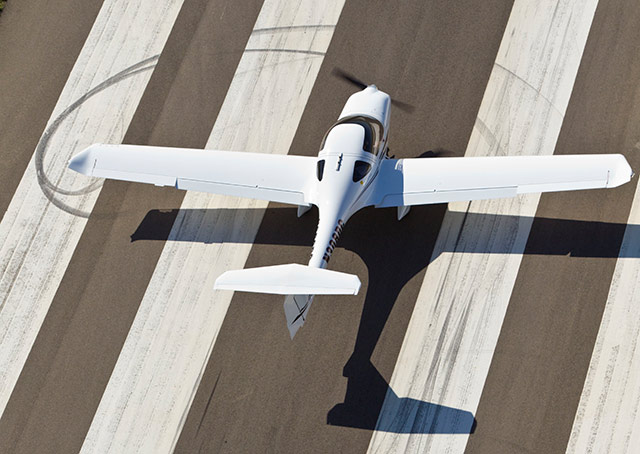
A student pilot is practicing solo takeoffs and landings at a nontowered airport in the early hours before the traffic pattern comes alive. One other aircraft is moving down below, and now as the student turns from the downwind leg to base, he can see it making its way out to the runway.
Turning final, the student reconfigures the trainer once more and broadcasts a position announcement and the intention to perform a touch-and-go—and is surprised to see the aircraft below taxi hastily onto the runway and accelerate for takeoff, as its pilot comes on the radio to explain that he is “going to sneak out ahead of you.”
Your flight instructor said there would be days like this; indeed, many of the go-arounds you have practiced are based on this exact scenario.
The other pilot’s actions were discourteous and even somewhat unsafe—was a checklist item skipped in that rush to depart?—and they were also against regulations.
In ground school discussions and during oral exams, pilots tend to think of right-of-way scenarios in terms of other aircraft in flight, and who must give way to whom, for example when an airplane, a helicopter, and a glider are all in the traffic pattern at the same time. But that’s not the whole story of the right-of-way rules. Aircraft on the ground have obligations too.
“As stipulated in 14 CFR part 91, aircraft while on final approach to land or while landing, have the right-of-way over other aircraft in flight or operating on the surface,” explains the Airplane Flying Handbook (page 7-3).
There are many situations in which the pilots of an aircraft in the pattern and another on the ground may communicate to coordinate whether it is safe for an aircraft to depart ahead of one that will soon land. But it is bad form to sneak out ahead of an aircraft that is close to touchdown, or to even request that quick departure if it might put the pilot landing in a tight spot or cause confusion.
Remember also, during such a potentially distracting scenario, that if a larger aircraft departs when you are close to landing, to add wake-turbulence avoidance to your task list. Stay mindful that on those calm mornings that are so pleasant for pattern work, the other aircraft’s wake may linger longer than usual in the landing zone.



